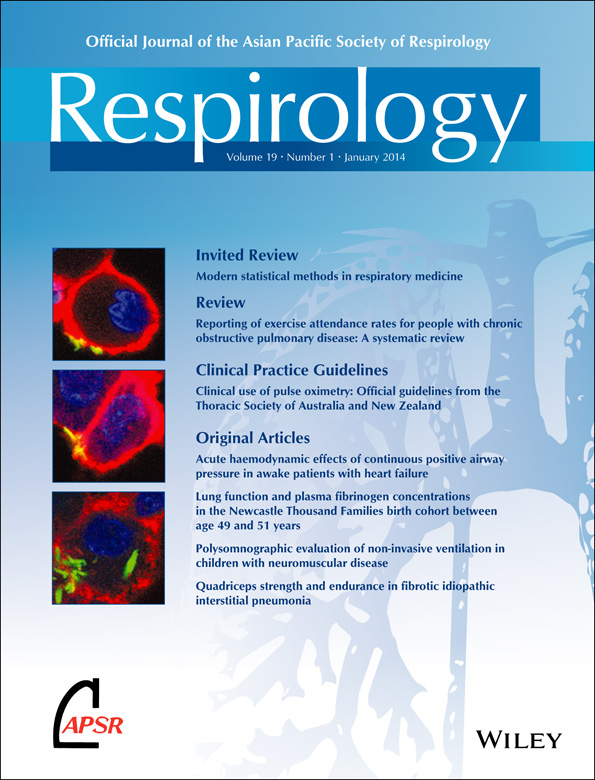Monitoring oxidative stress during chronic obstructive pulmonary disease exacerbations using malondialdehyde
Abstract
Background and objective
Oxidative stress plays an important role in the pathogenesis of chronic obstructive pulmonary disease (COPD). In this longitudinal study changes in the level of malondialdehyde (MDA), an end product of polyunsaturated fatty acid peroxidation, were investigated in the airways of patients with acute exacerbation of COPD (AECOPD).
Methods
Levels of MDA were measured in sputum and exhaled breath condensate (EBC) of 34 COPD patients at the time of hospital admission due to an acute exacerbation of the disease, and again following treatment at the time of hospital discharge. MDA was also assessed in 21 stable patients with COPD and 20 healthy controls. Measurements were performed using high-performance liquid chromatography.
Results
Sputum MDA levels were significantly increased in AECOPD (220.0 ± 17.5 nmol/L) compared with stable disease (144.6 ± 14.3 nmol/L, P < 0.01) and healthy controls (85.9 ± 11.3 nmol/L, P < 0.001). MDA levels decreased after treatment (190.7 ± 16.3 nmol/L, P < 0.05). In contrast to sputum, EBC MDA levels were comparable between controls, stable COPD patients and AECOPD patients (73.1 ± 5.1 nmol/L, 96.1 ± 11.6 nmol/L and 93.3 ± 7.6 nmol/L, P = NS). Measurement of MDA had good repeatability in both sputum and EBC, but the between-day variability was considerably higher in EBC. Sputum induction did not influence MDA levels.
Conclusions
MDA in sputum, but not in EBC, appears to be a useful marker for monitoring exacerbation-associated oxidative stress in AECOPD.




